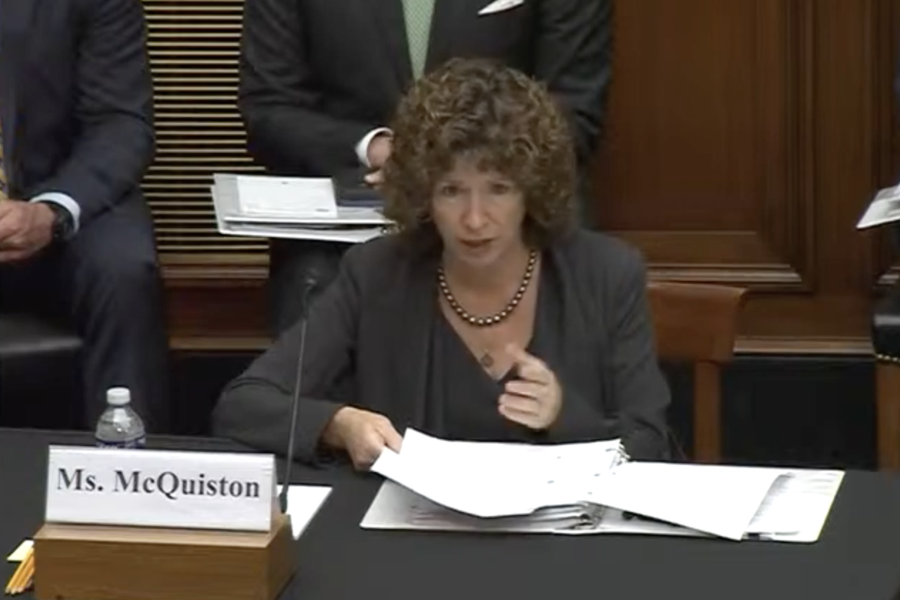The Defense Department must invest in its science and technology enterprise if it hopes to maintain an advantage over peer adversaries, and two reports due out this summer will outline exactly how it plans to accomplish that, DOD’s chief technology officer told House legislators.
The master plan for research, development, test, and evaluation infrastructure is due to Congress by June 30. It will include a summary of science and technology infrastructure across the department and highlight existing and emerging military RDT&E missions and the modernization investments needed for each.
The second report, due Aug. 31, will assess diversity in the department’s research and engineering workforce, said Barbara McQuiston, acting undersecretary of defense for research and engineering, during a May 20 House Armed Services cyber, innovative technologies, and information systems subcommittee.
Both reports were mandated by the fiscal 2020 National Defense Authorization Act, which directed the Defense Secretary to work with the services to compile the scopes of work, cost, priority level, schedule, and plan for each project. Congress also sought answers on what policy barriers could be holding back RDT&E plans.
In assessing the DOD’s research and engineering workforce, Congress wants to understand the proportion of women and minorities currently employed; the effectiveness of existing hiring, recruitment, and retention incentives for women and minorities; and the effectiveness of recruiting and retention programs in DOD labs once those individuals have completed initial DOD-funded “research, programs, grant projects, fellowships, and STEM programs,” according to the legislation.
Great power competition, in particularly with China, is driving Congress’ and the Pentagon’s interest in research and development, covering a range of technologies from energy and microelectronics to hypersonic weapons and digital engineering. One technology of particular interest to all is artificial intelligence, which was the subject of a massive study completed late last year by the National Security Commission on Artificial Intelligence. McQuiston said DOD is still reviewing the recommendations, which include creating programs for developing DOD’s own AI specialists, but also enabling those in the private sector to become involved in part-time service, along the lines of the National Guard or Air Force Reserve.
“There is a lot more work that needs to be done, especially in STEM, [and] in science education and in recruitment and diversity of the workforce,” said McQuiston.

